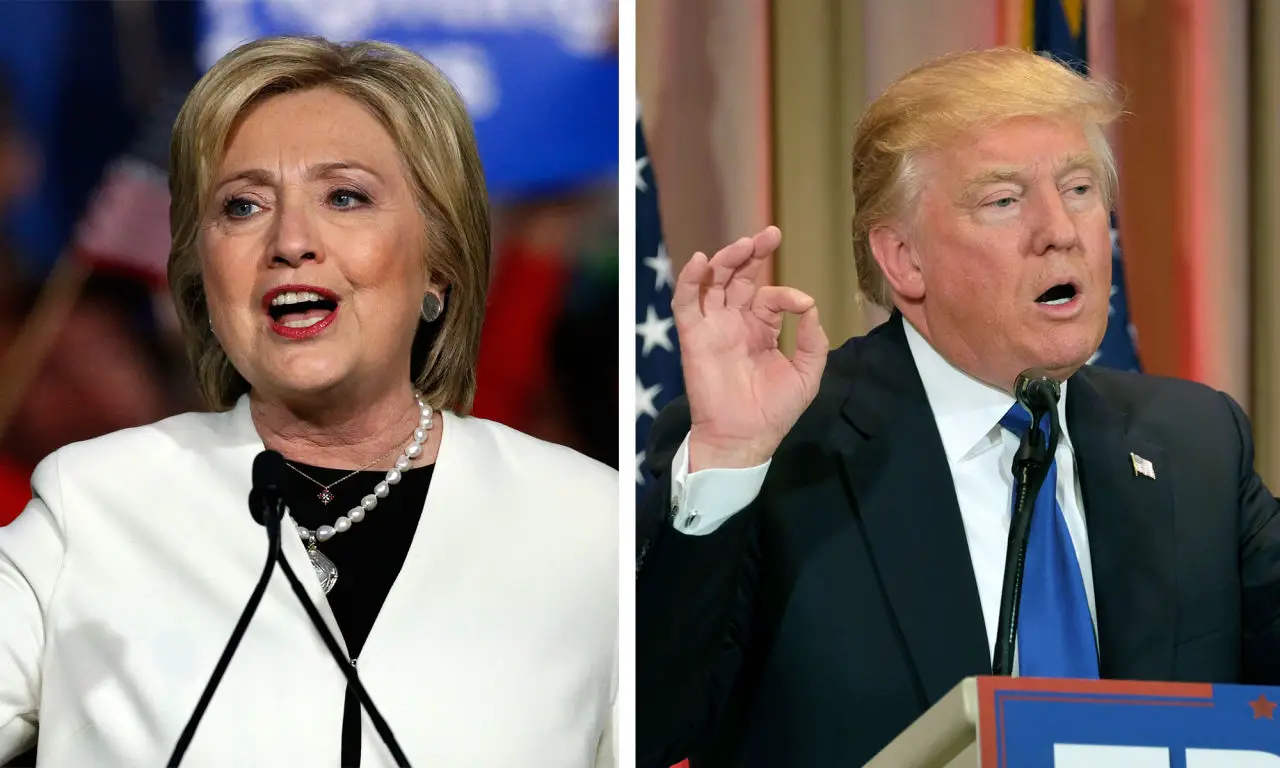Michael Lind, a contributor to Politico, claims the two parties were realigned by Ronald Reagan and Bill Clinton, but that it is Donald Trump and Hillary Clinton who are honing the differences between the parties.
Lind says Bill—and Hillary—Clinton are as transformational as Ronald Reagan.
We are accustomed to thinking of the election of Ronald Reagan in 1980 as the beginning of a new era. But from the vantage point of 2016, both Reagan and Bill Clinton look more like transitional figures. During this period, the migration from the Democratic Party to the Republican Party of socially conservative, economically populist Democrats, like the supporters of the segregationist Democrat George Wallace’s independent presidential campaign in 1968, was not yet complete. Neither was the flow of moderate Rockefeller Republicans in the opposite direction. . .
Today’s Democratic base is, to simplify somewhat, an alliance of Northern, Midwestern and West Coast whites from the old Rockefeller Republican tradition with blacks and Latinos. . .
For their part, the Republicans of 2016 rely for their votes on the Southern white and Northern white working-class constituencies that were once the mainstays of the other party.
The article says that Republicans ripped the South out of Democratic hands, as well as working class northern whites—both important constituencies that FDR put together. But in the Republican Party’s move to the right, moderate-to-liberal Republicans were labeled “RINO” (Republican In Name Only), and became persona non grata.
[In] the midterm election of 1994, when the Republican party captured both houses of Congress, many centrist and conservative Democrats, particularly in the South and West, were replaced by Republicans. The Democrats who survived the slaughter were concentrated in New England and the West Coast, big cities and college towns, and majority black or majority Latino districts. The midterm elections of 2010 wiped out much of the remnant of centrist-to-conservative “Blue Dog” Democrats in the House.
Bill Clinton and other “New Democrats,” turned right, trying to bring back the “Reagan Democrats” and “Wallace Democrats.” They “sought to distance themselves from the liberal left on the military, policing, the death penalty, censorship and other issues.” Now, Hillary realizes FDR’s coalition is gone, so she no longer has to hide from the party’s liberal heritage. Her constituency of women, African-Americans, and Latinos like the liberal social message. Her real opponent is not Bernie Sanders, but the memory of Bill Clinton’s attempts to appease a lost constitutency.
Meanwhile. . .
Donald Trump has mounted and ridden the horse of conservative populism, but it was already out of the barn. Before Mr. Trump, similar populist themes were sounded by Mike Huckabee, Rick Santorum and Patrick Buchanan. For a while, the strength of the religious right allowed elite Republicans to trade tax cuts for the rich for support for banning abortion and gay marriage. But as religious conservatism declines, a kind of European-style national populism is rising, for which protectionism and immigration restriction are central issues, not peripheral concerns.
The conclusion is put succinctly:
In the larger perspective of history, 2016 proves that Roosevelt Democrats and Rockefeller Republicans are gone for good. Clinton Democrats and Trump Republicans are here to stay.
Donate Now to Support Election Central
- Help defend independent journalism
- Directly support this website and our efforts
